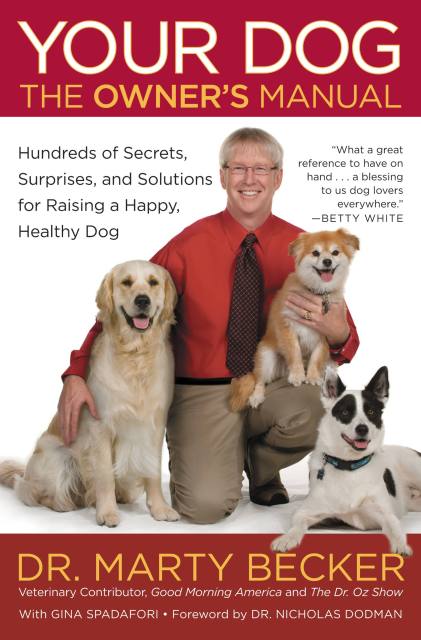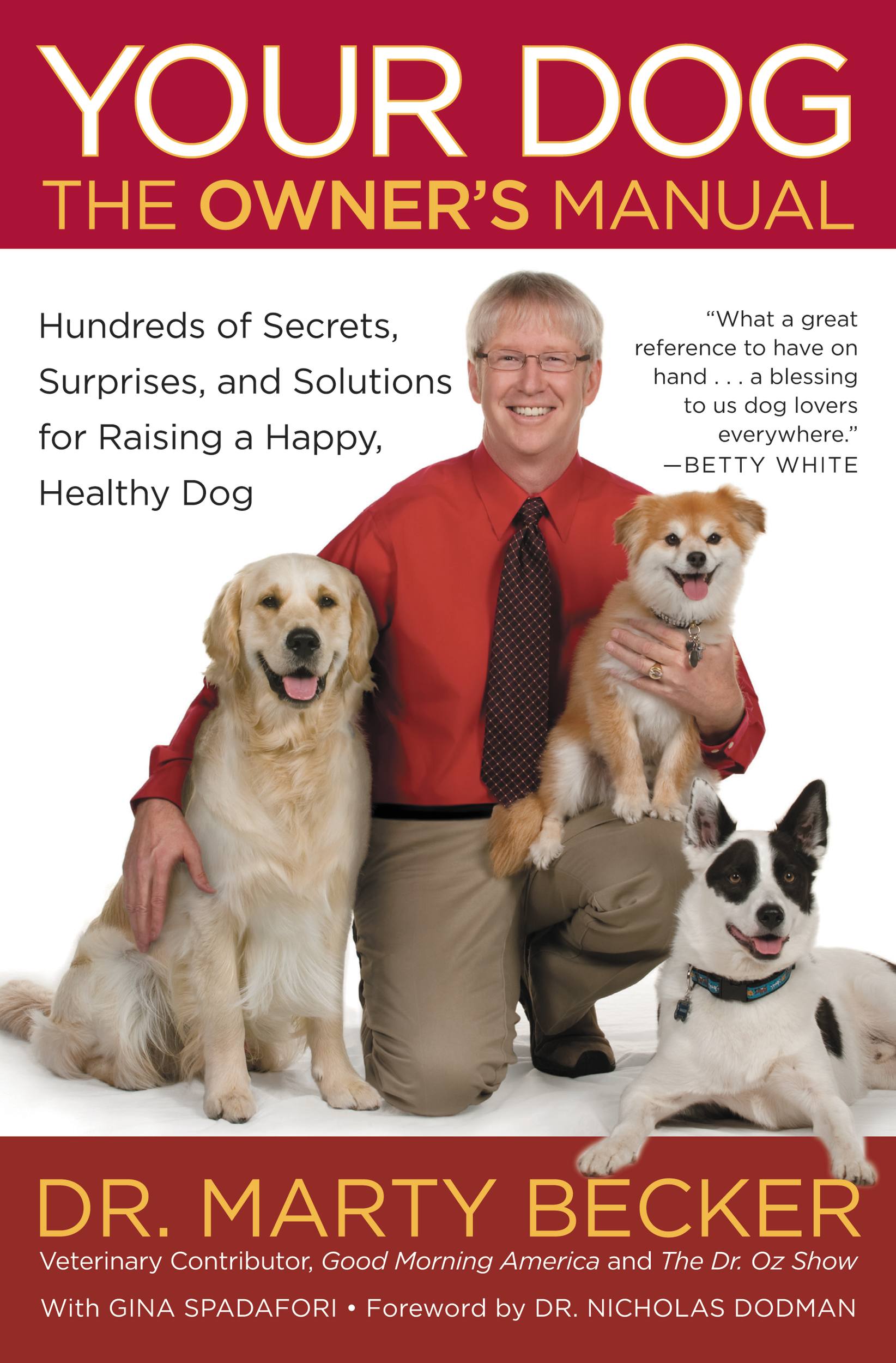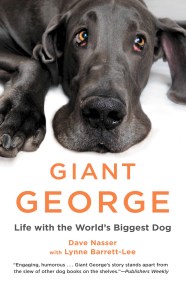Promotion
Use code MOM24 for 20% off site wide + free shipping over $45
Your Dog: The Owner's Manual
Hundreds of Secrets, Surprises, and Solutions for Raising a Happy, Healthy Dog
Contributors
With Gina Spadafori
Formats and Prices
Price
$8.99Price
$11.99 CADFormat
Format:
- ebook $8.99 $11.99 CAD
- Audiobook Download (Unabridged)
- Trade Paperback $15.99 $17.50 CAD
This item is a preorder. Your payment method will be charged immediately, and the product is expected to ship on or around April 15, 2011. This date is subject to change due to shipping delays beyond our control.
Also available from:
Through surprising facts, moving stories and tested solutions, the veterinary expert from Good Morning America and The Dr. Oz Show will give every dog owner the secrets to raising a healthy, well-behaved dog.
For anyone who owns a dog or is thinking about getting one, Dr. Marty Becker’s manual is a must-have guide to anything and everything canine. In Your Dog: The Owner’s Manual, the “best-loved family doctor for pets” shares insider secrets on how to keep puppy problems from becoming doggy disasters and how to best bond with your dog through helpful, easily accessible tips and tricks on how to:
Find the right dog for your family’s lifestyle
Solve the most annoying behavioral problems
Make sure your dog gets the exercise he needs
Use food puzzles to prevent weight gain
Prevent dog health problems
Save money on medication, both traditional and alternative
For seasoned dog owners as well as those looking to adopt a new friend, Dr. Becker provides all the insight that makes for both happy owners and happy dogs.
For anyone who owns a dog or is thinking about getting one, Dr. Marty Becker’s manual is a must-have guide to anything and everything canine. In Your Dog: The Owner’s Manual, the “best-loved family doctor for pets” shares insider secrets on how to keep puppy problems from becoming doggy disasters and how to best bond with your dog through helpful, easily accessible tips and tricks on how to:
Find the right dog for your family’s lifestyle
Solve the most annoying behavioral problems
Make sure your dog gets the exercise he needs
Use food puzzles to prevent weight gain
Prevent dog health problems
Save money on medication, both traditional and alternative
For seasoned dog owners as well as those looking to adopt a new friend, Dr. Becker provides all the insight that makes for both happy owners and happy dogs.
Genre:
- On Sale
- Apr 15, 2011
- Page Count
- 320 pages
- Publisher
- Grand Central Life & Style
- ISBN-13
- 9781609419325
Newsletter Signup
By clicking ‘Sign Up,’ I acknowledge that I have read and agree to Hachette Book Group’s Privacy Policy and Terms of Use




